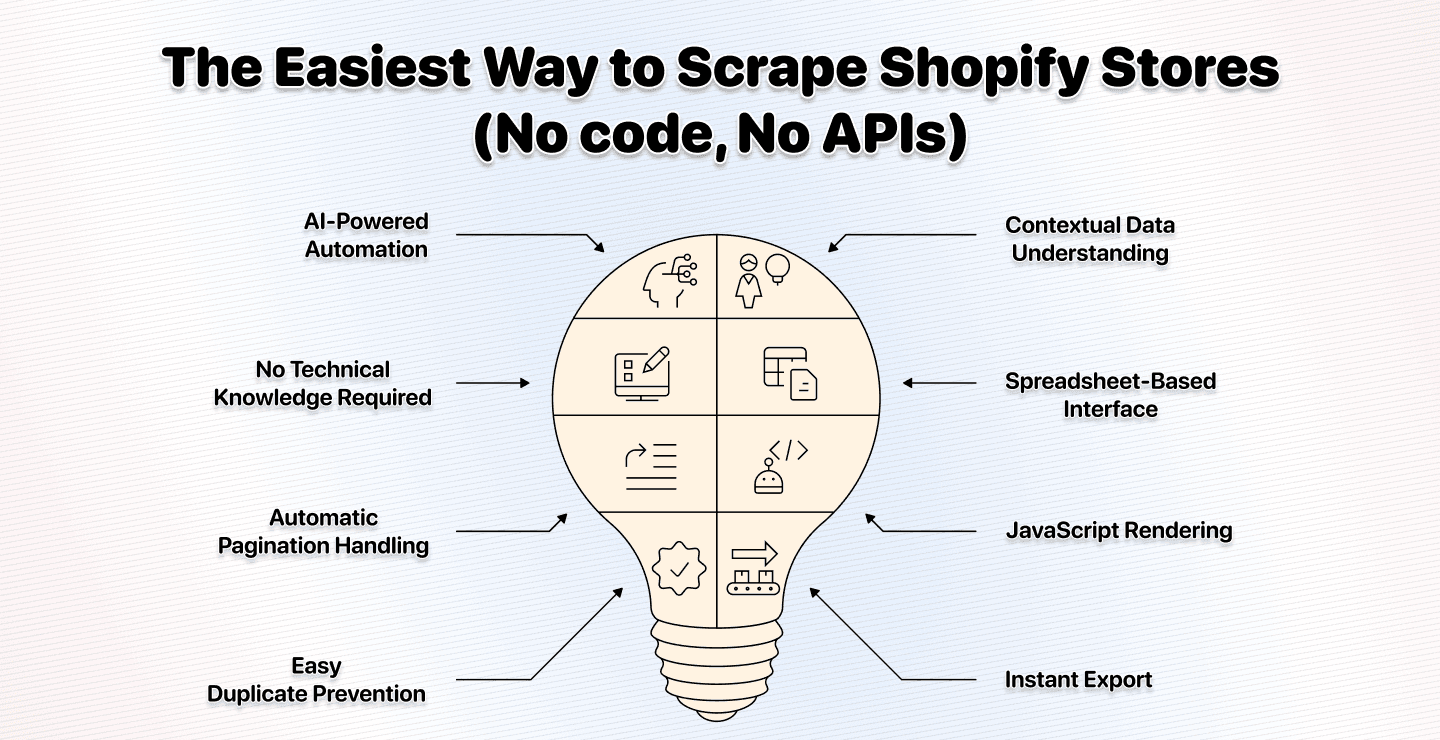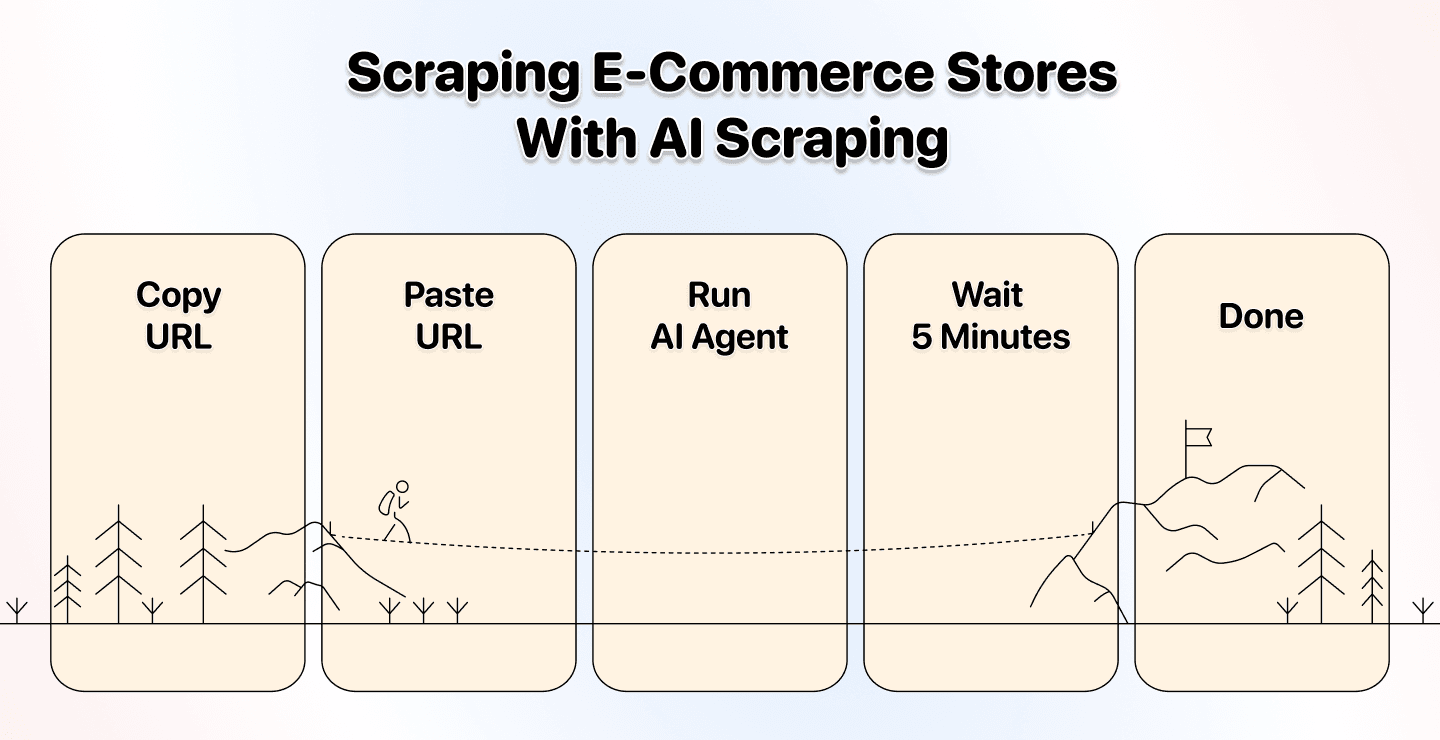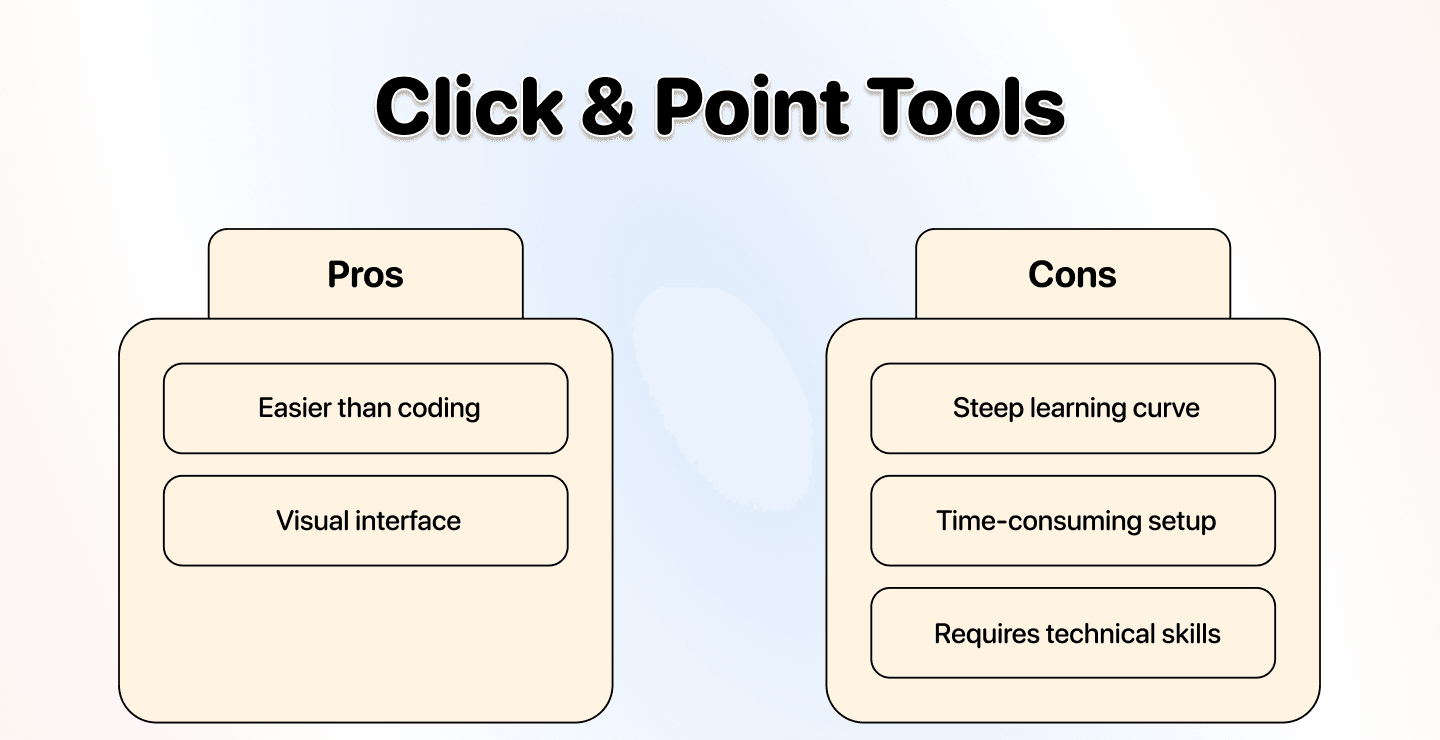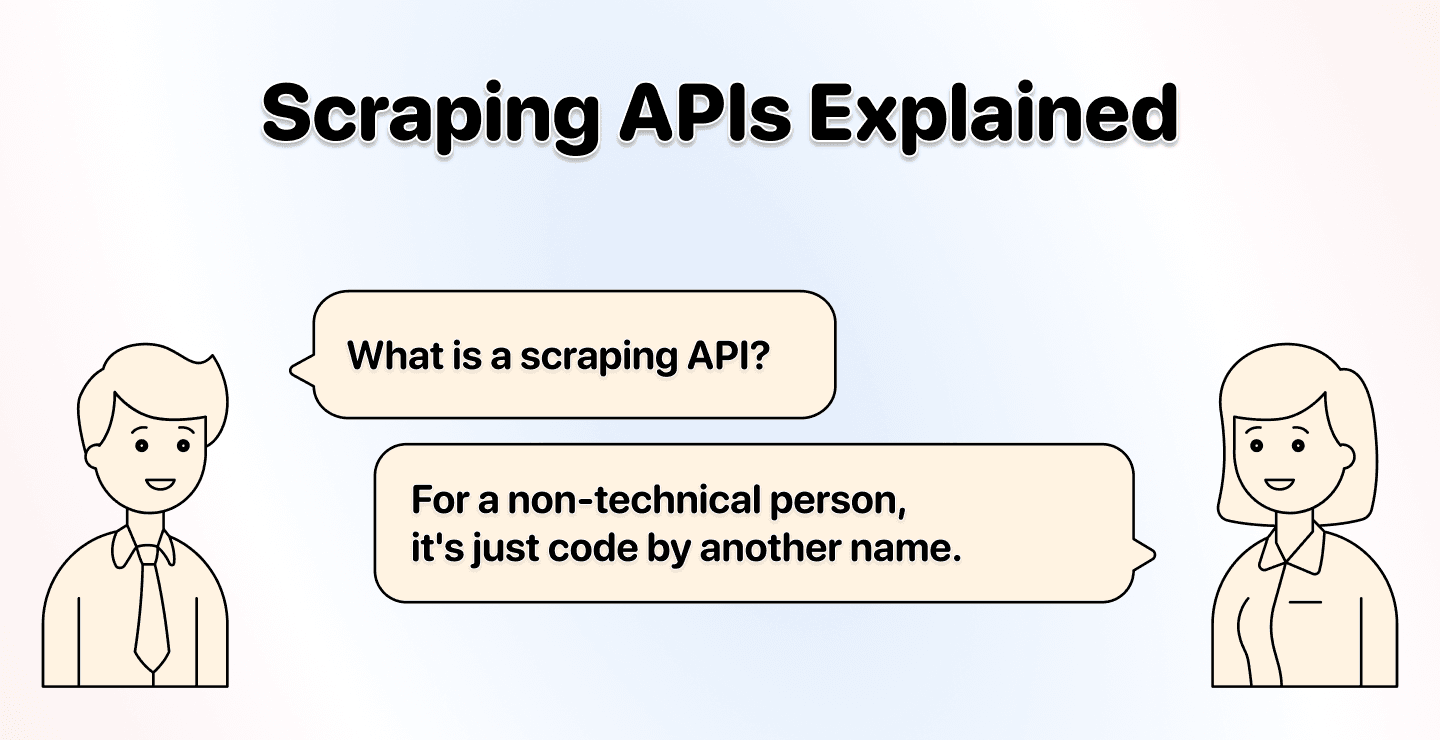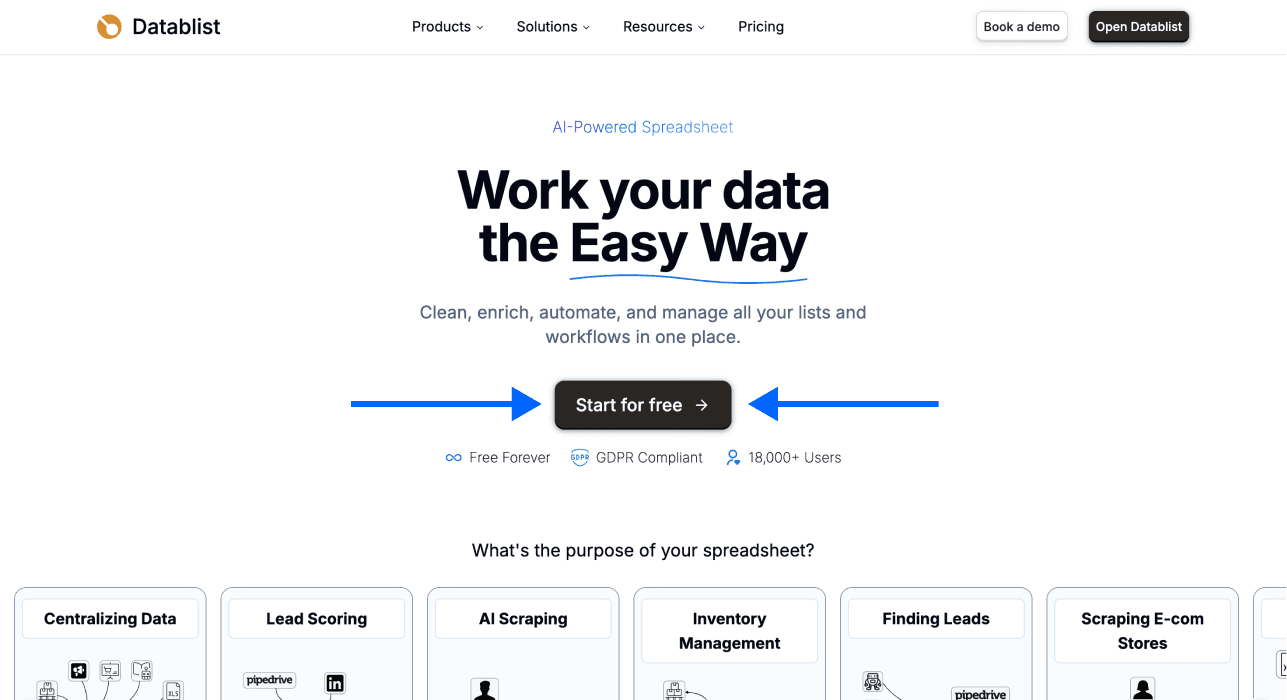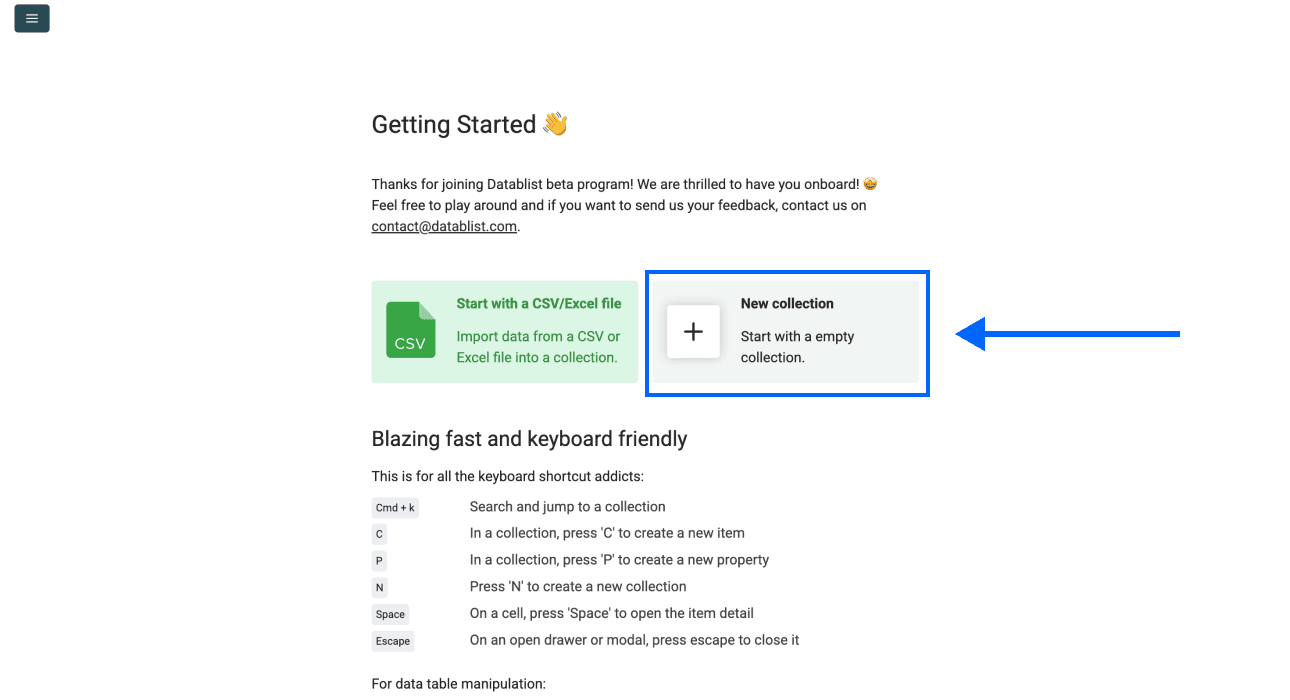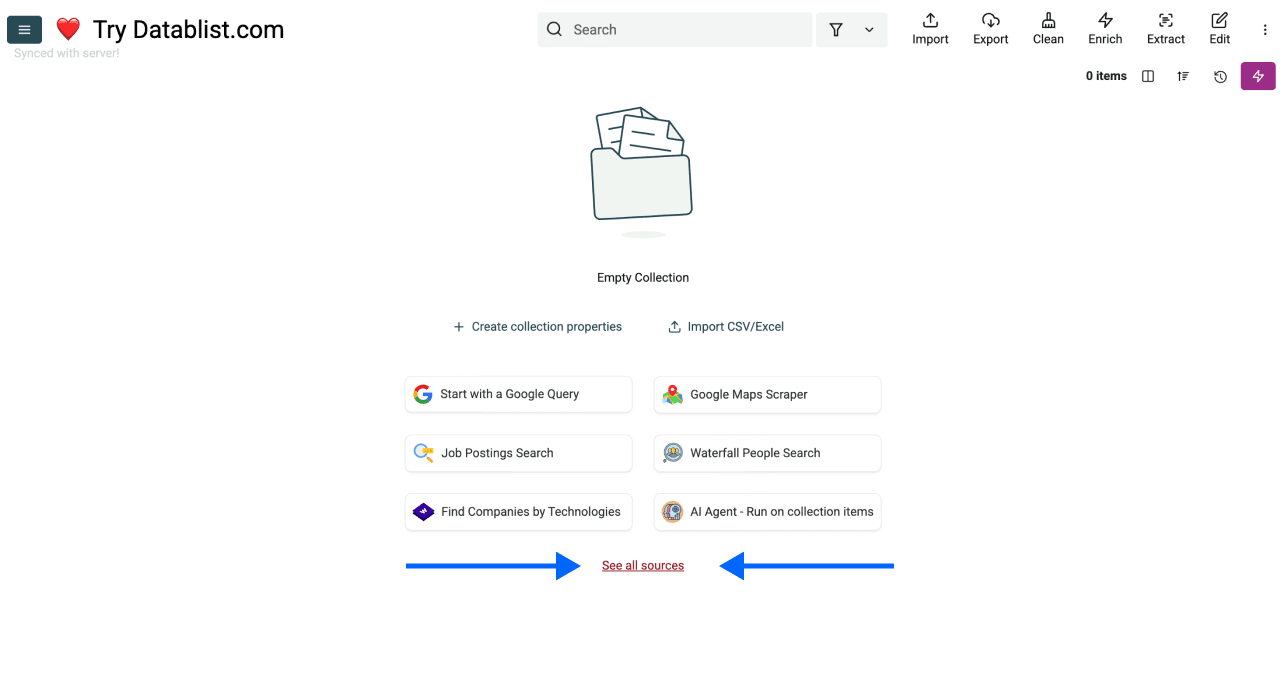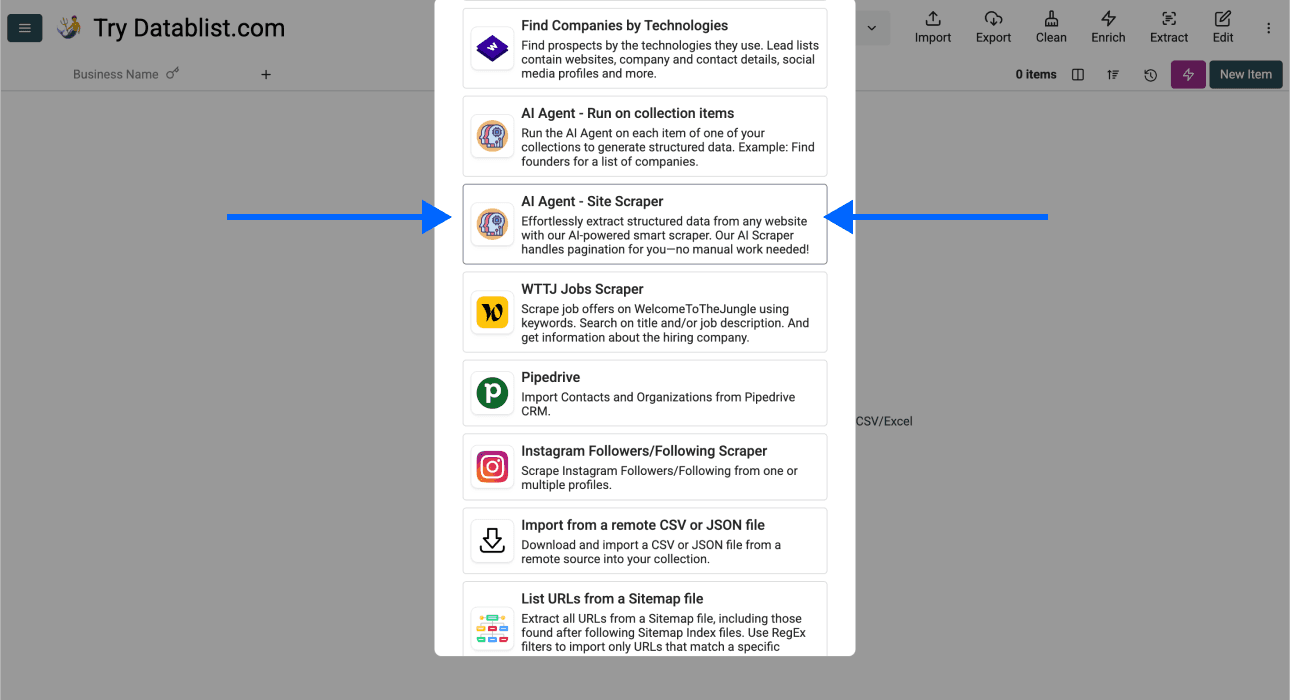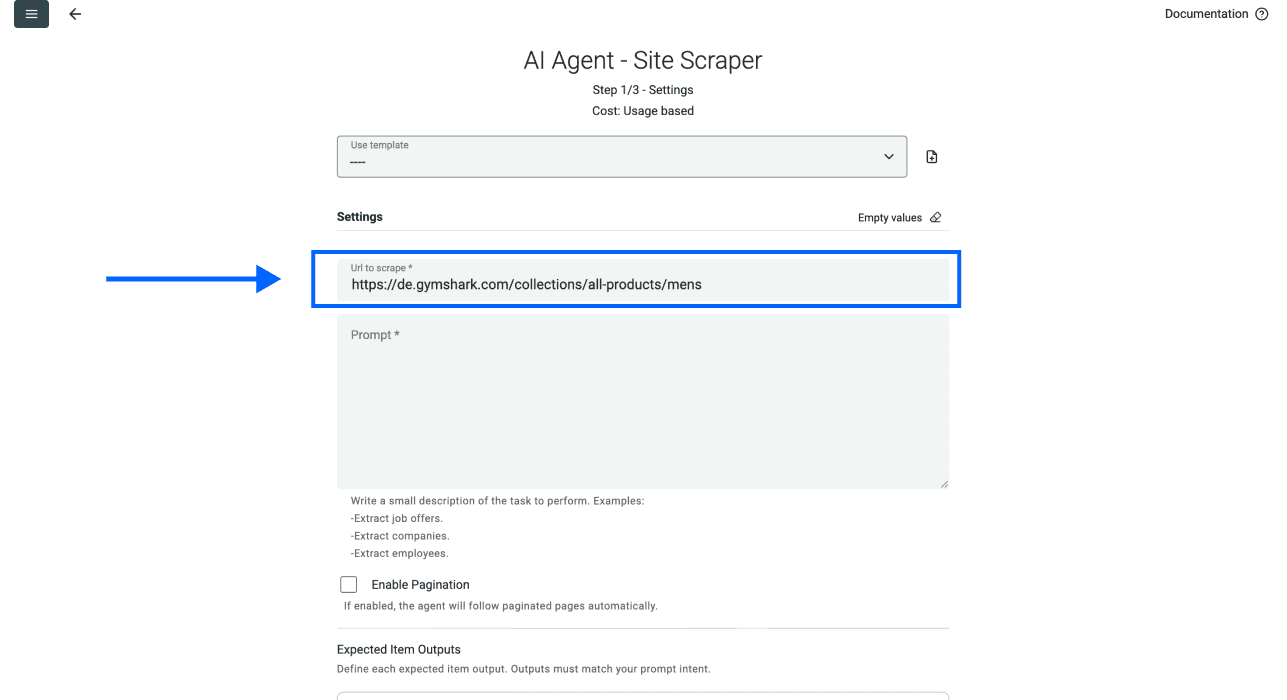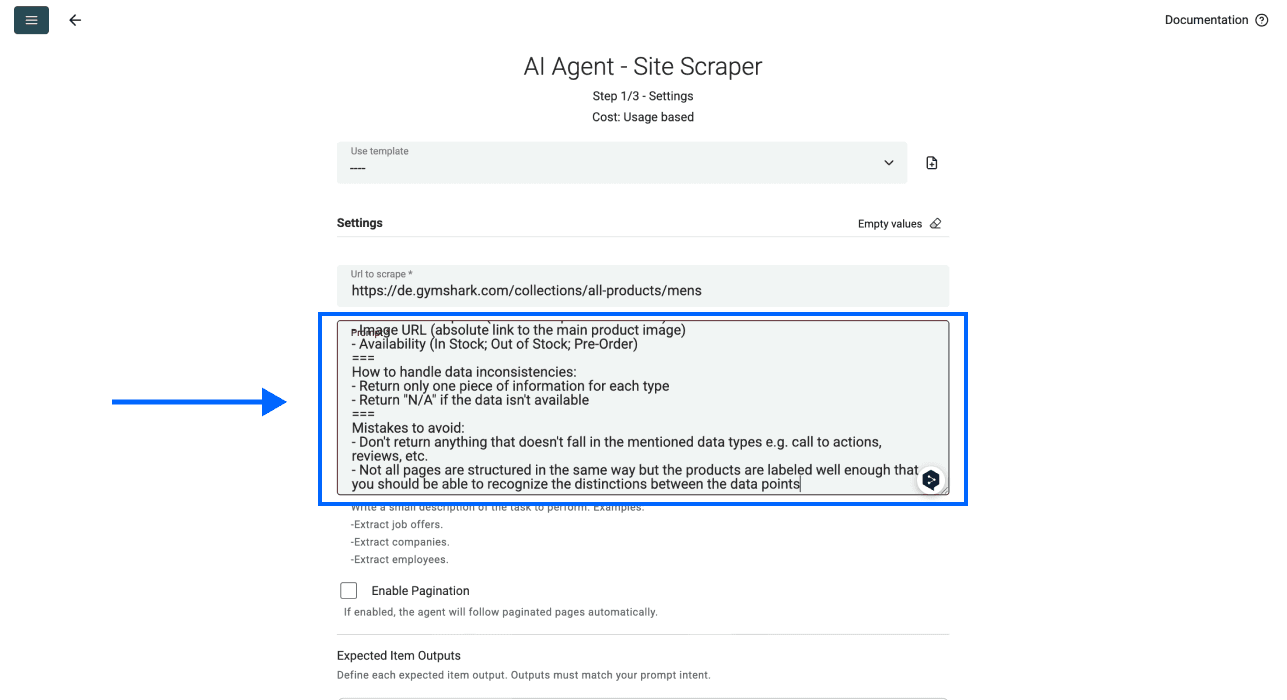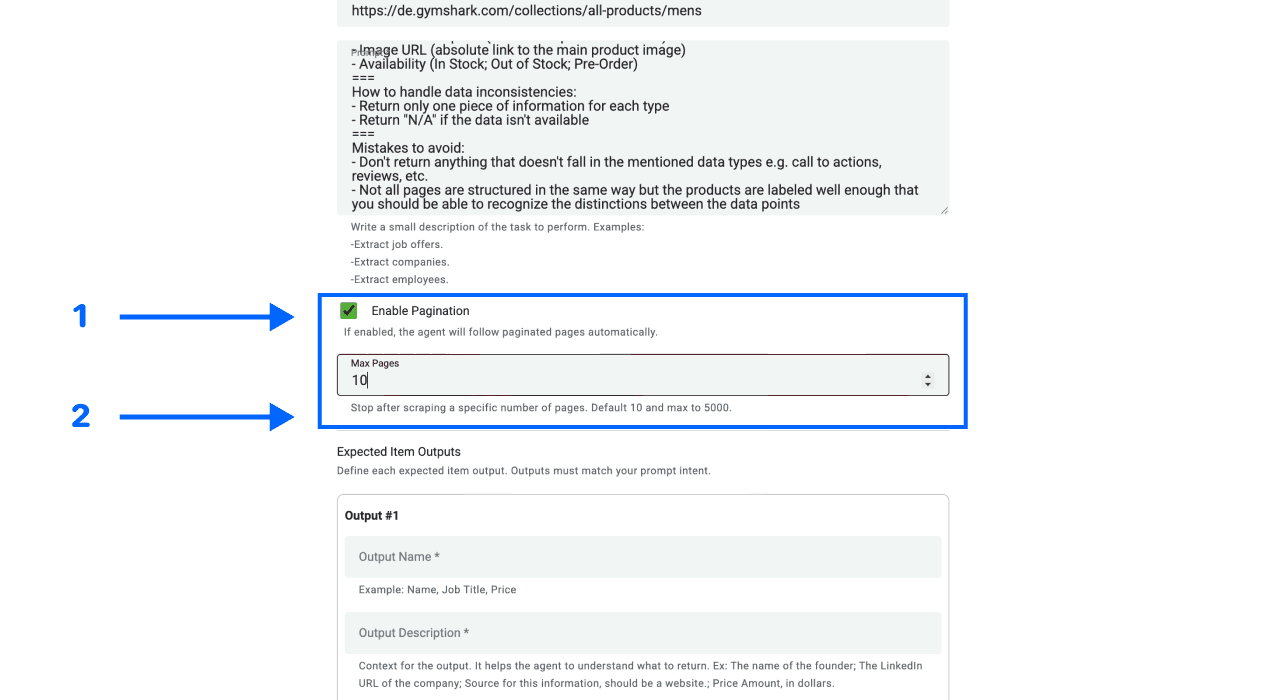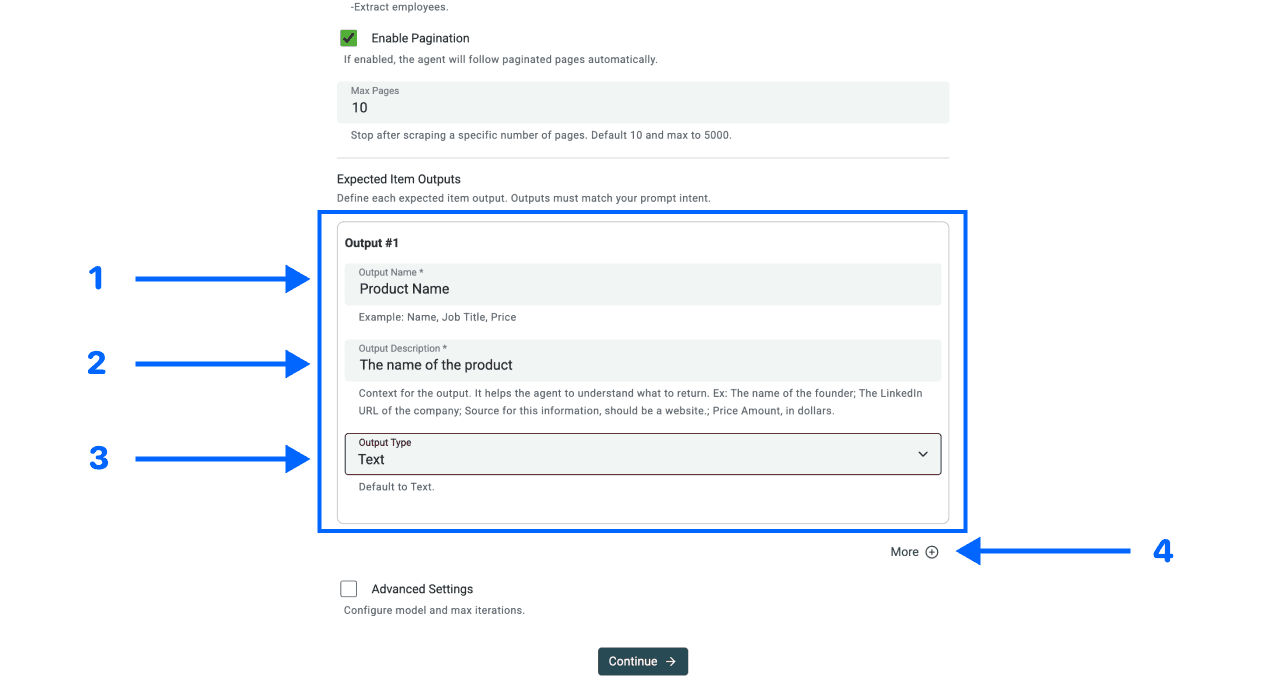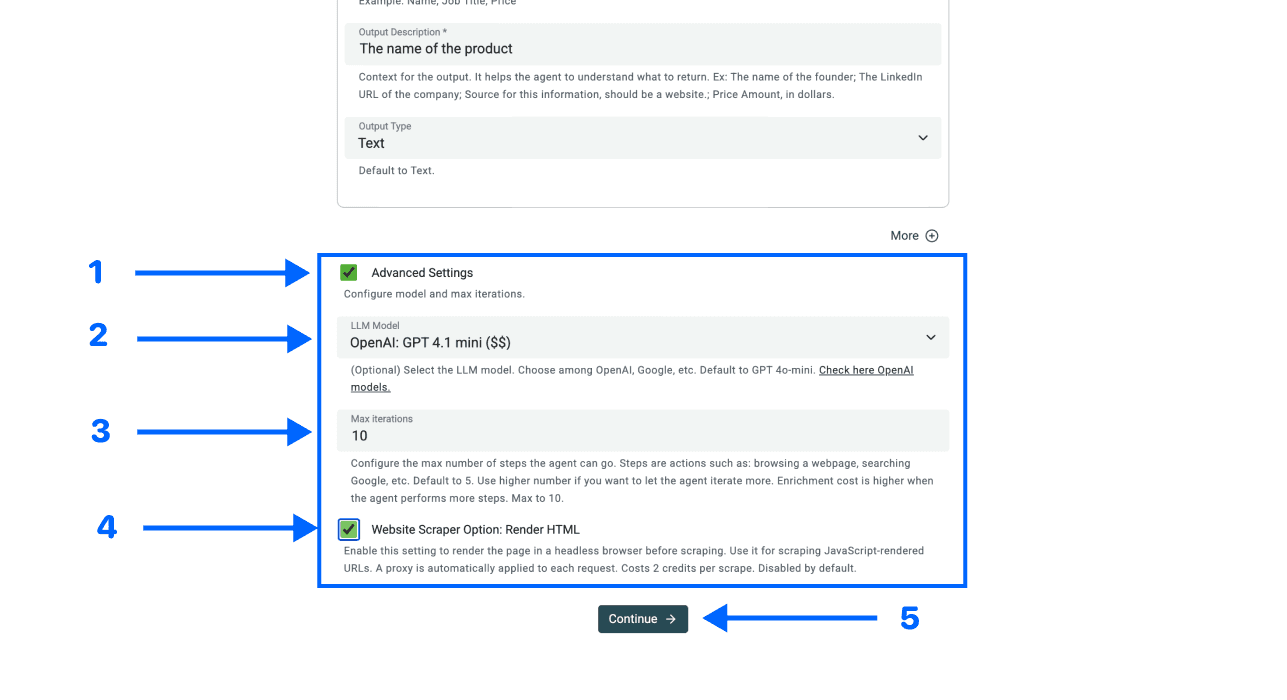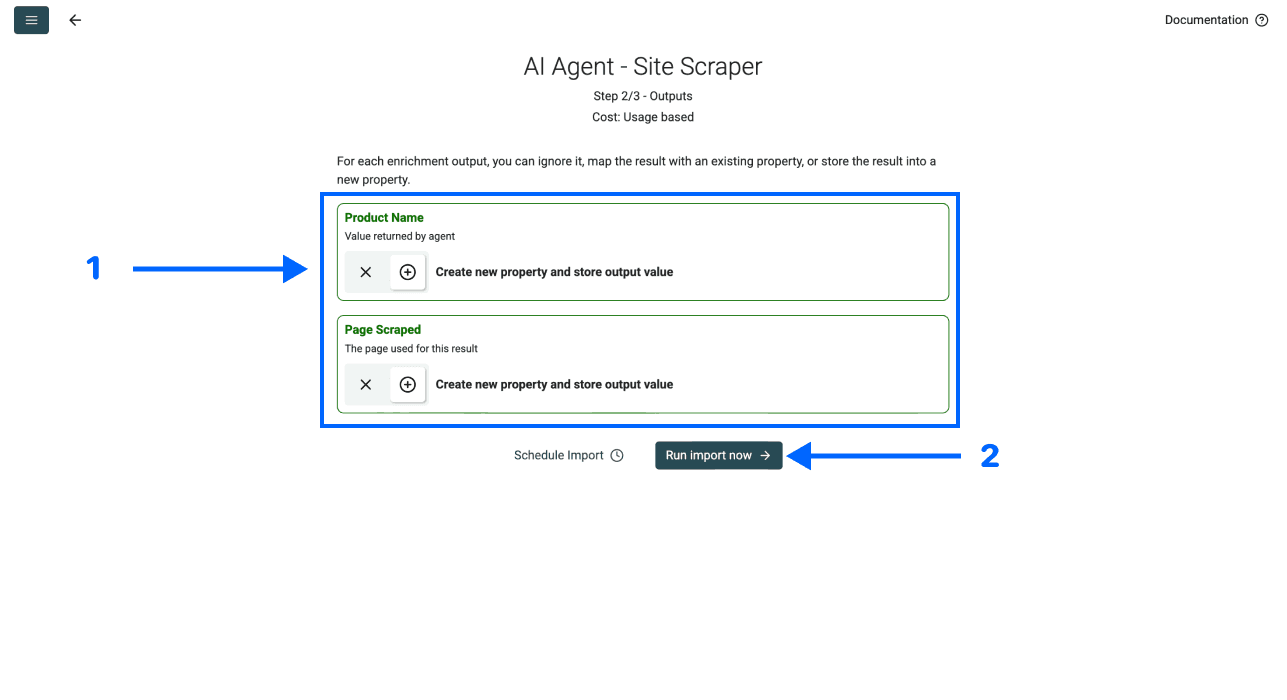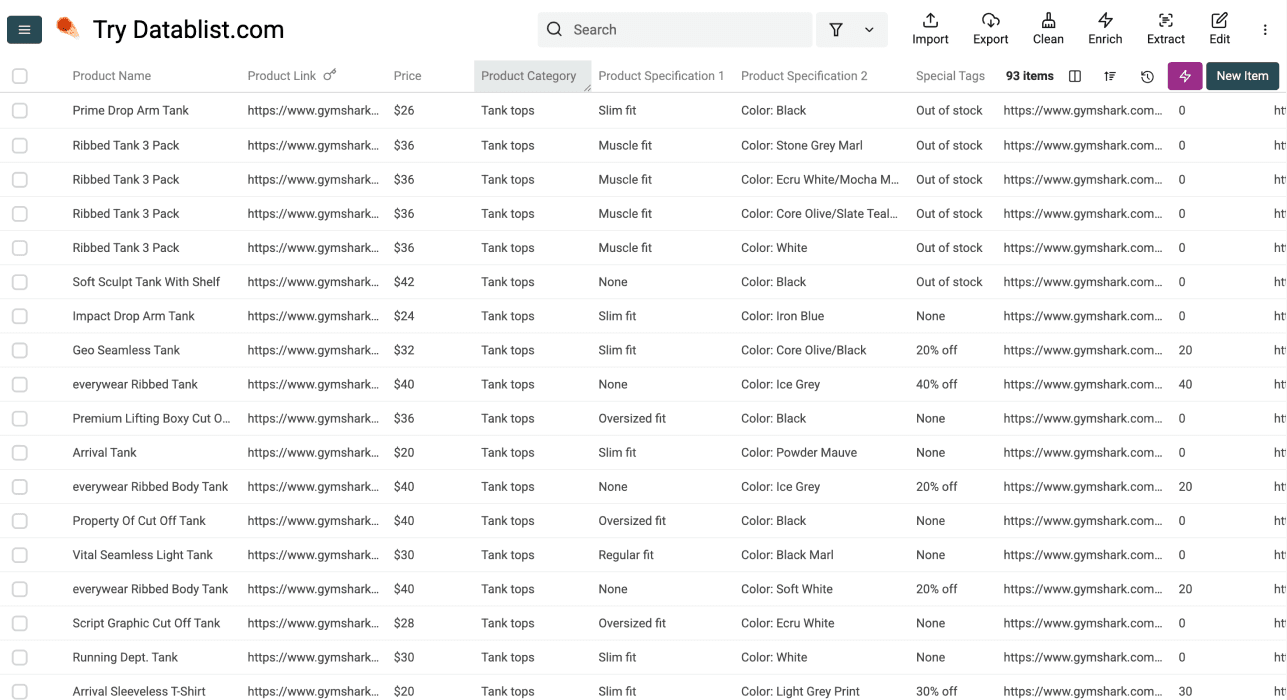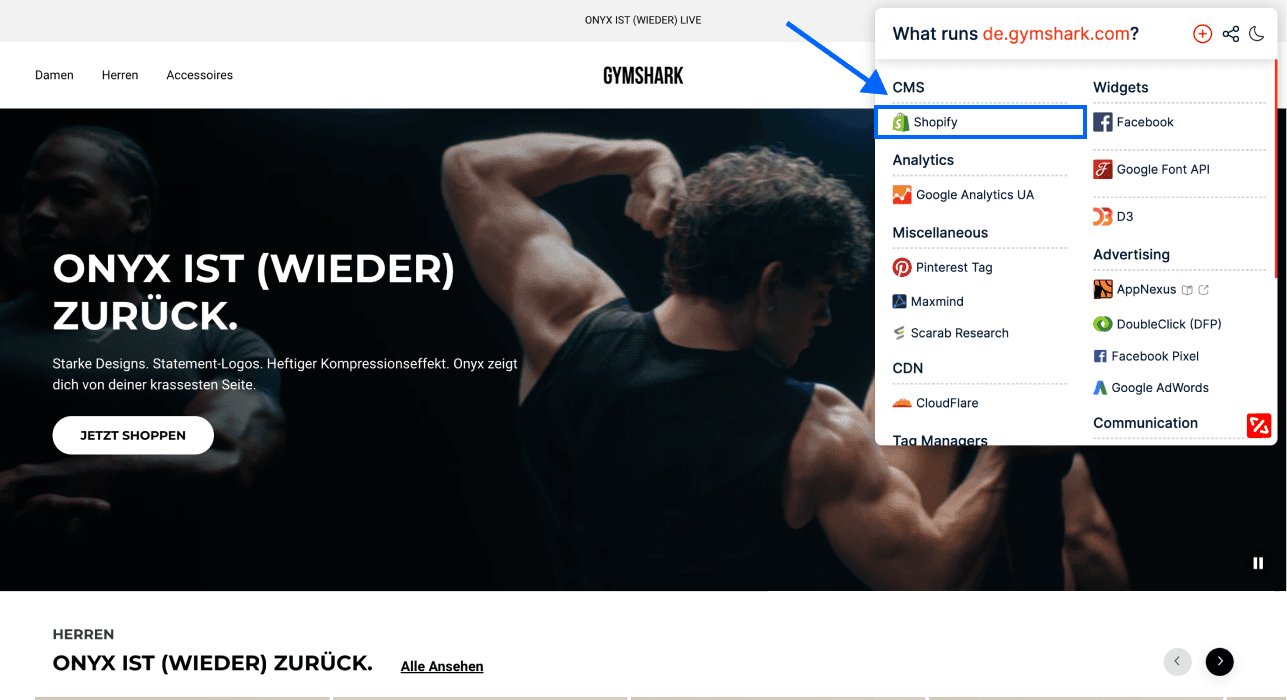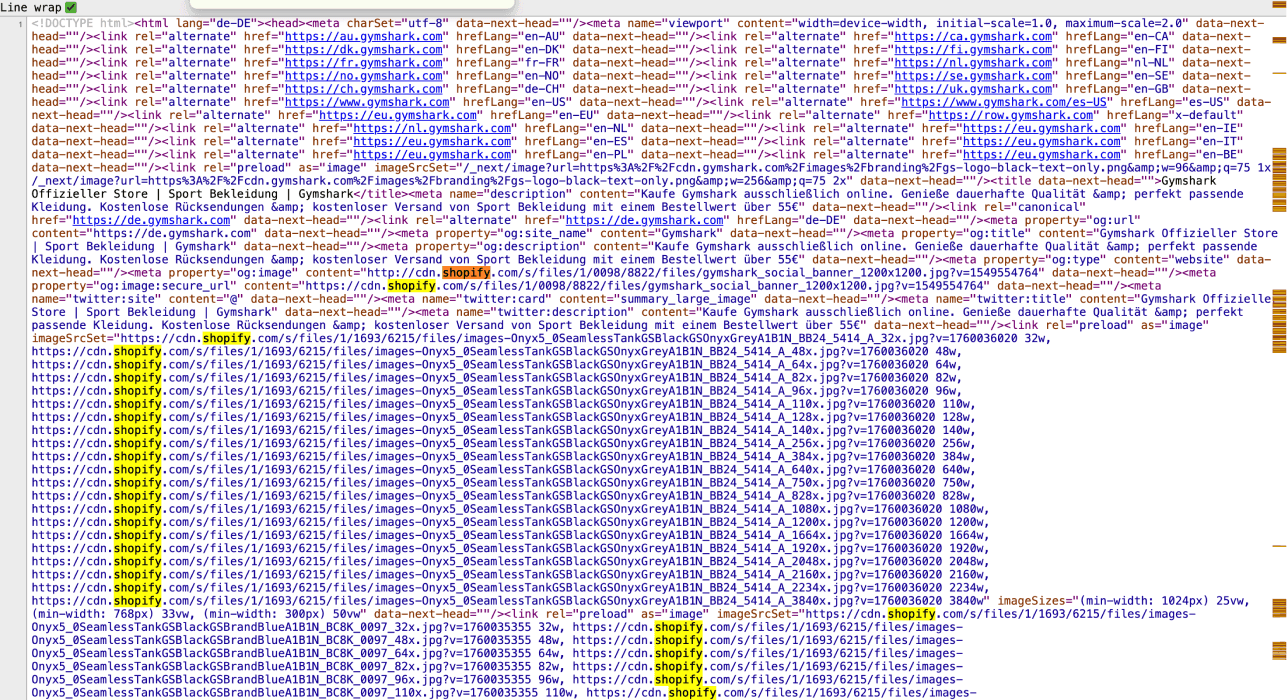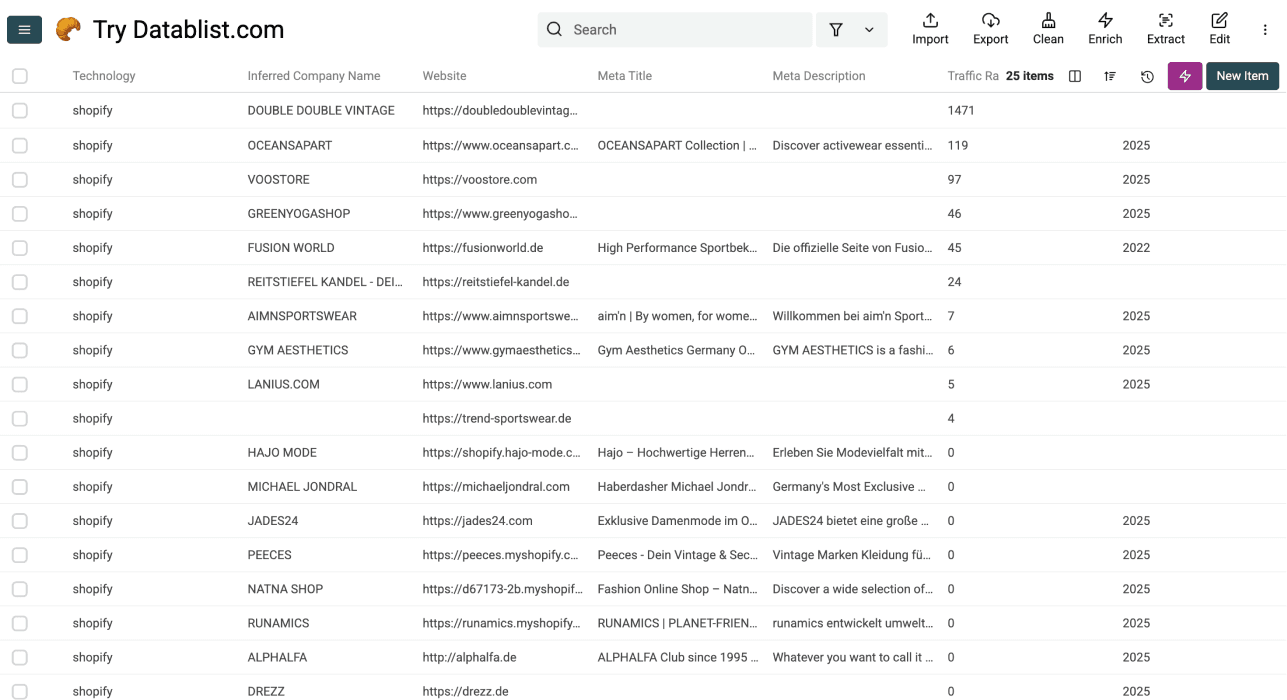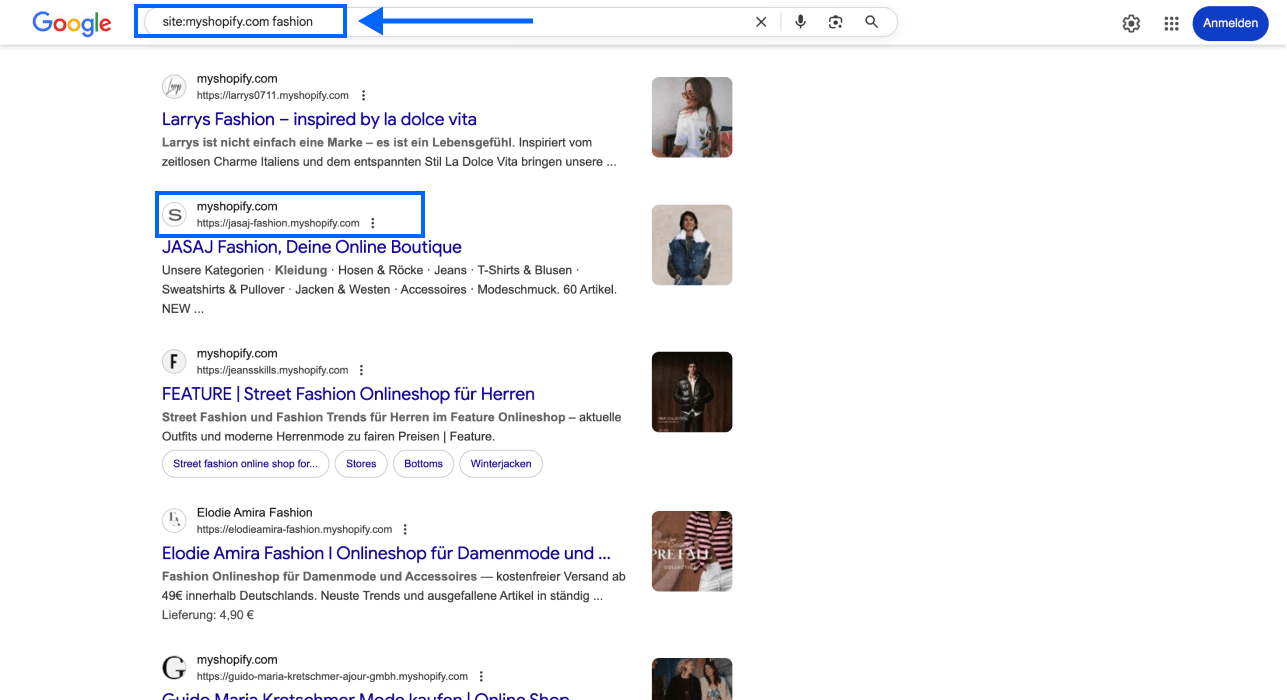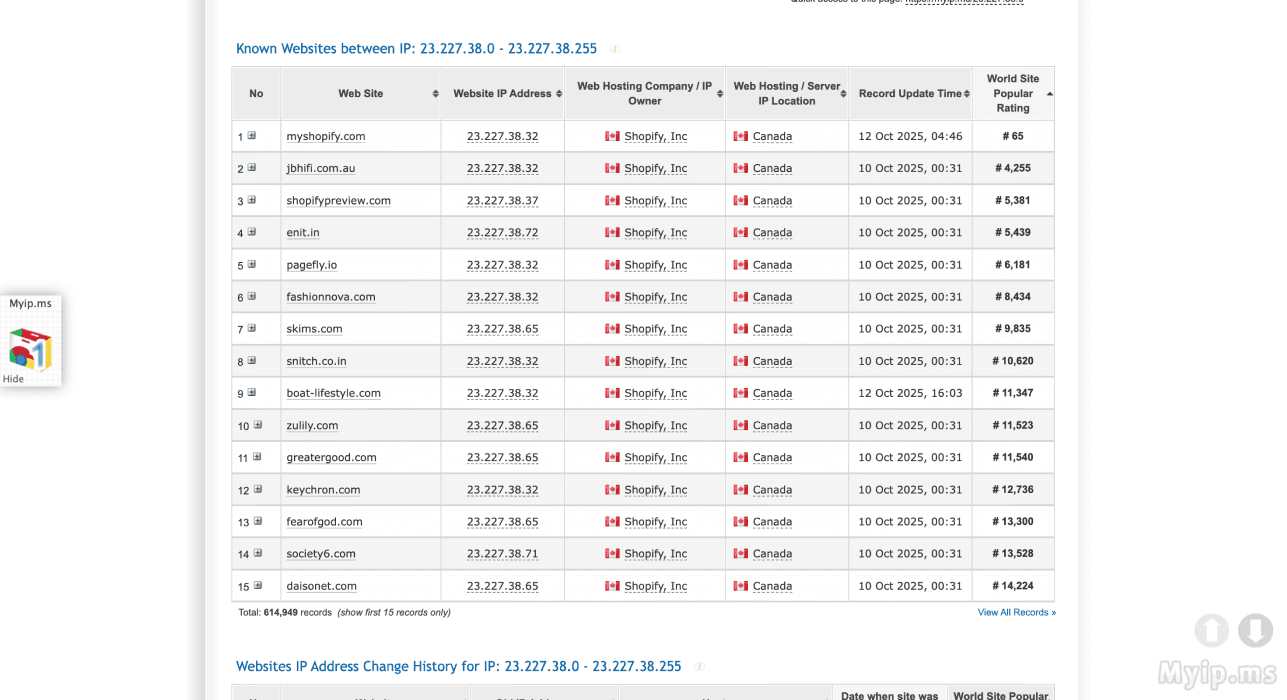Many tools claim to help you scrape Shopify stores "easily” but you often find yourself trapped in confusing APIs or complex point-and-click interfaces that still require technical know-how.
The Problem: They all promise simplicity but deliver a technical nightmare.
This guide is different: we are going to show you a true no-code method to scrape Shopify stores. When we say no-code, we mean it. You won't be configuring APIs or inspecting website elements. You'll just be telling an AI what you want in plain English.
📌 Summary For Those In a Rush
This article shows how to scrape Shopify stores without any tech headaches. If you are in a rush, here is a summary:
Problem: Too many web scraping tools claim to be "no-code" but still require you to work with APIs or understand website elements, resulting in tech-headaches served differently.
Why it's a problem: If you're looking for a truly simple solution to scrape Shopify stores, you shouldn't need technical knowledge or spend hours watching tutorials.
Solution: Using Datablist's AI Agent, which requires only pasting a URL and describing what data you want in plain English.
What You'll Learn: This guide covers 3 methods to scrape Shopify stores, explains how to confirm a website is using Shopify, shows you how to find Shopify stores if you don’t have any, and answers common questions about scraping Shopify shops
Why Use Datablist: 3 simple reasons
- Truly no-code, just describe what you need
- Handles pagination automatically to scrape entire product catalogs
- Access to 60+ lead generation tools in one platform
What This Guide Will Cover
- The Methods Available for Scraping Shopify Stores
- Step-by-Step Guide to Scraping Shopify Stores With AI
- How to Confirm You're Dealing With a Shopify Store
- How to Find Shopify Stores If You Don’t Have Any
- Frequently Asked Questions About Scraping Shopify
How To Scrape Shopify Stores
To scrape Shopify stores, you have 3 main methods if we exclude all code solutions, but not all of them come without the tech-headaches and steep learning curve that many try to avoid.
Here are the methods you’ll learnt about in this section:
- Using AI scraping: Truly no-code, and no learning curve
- Click & Points tools: No-code, but requires basic HTML knowledge
- Scraping APIs: No code, but API’s, which can be at least as complex
Now let’s look at each method more in detail. We’ll start with the simplest method to scrape Shopify stores and move to the most complex.
Datablist's AI Agent
This is where true no-code scraping happens. You describe what you want in plain English, paste a Shopify store URL, and the AI handles everything else.
- No APIs to configure
- No website elements to understand
- No tutorials to watch.
It can automatically navigate through paginated product listings, render JavaScript-heavy pages, and extract exactly the data you need.
Click & Point Tools
These tools promise a visual interface where you just point and click. The reality? You still need to understand website structure, HTML elements, and CSS selectors.
While they're easier than coding, you'll spend at least an hour watching tutorials and figuring out how to configure them properly.
Using Scraping APIs
Some platforms market themselves as "no-code" but actually require you to set up and configure an API. Yes, an API is technically speaking not code, but for a non-technical person, an API is just code by another name.
💡 Why AI Scraping Is Better Anyway
Traditional scrapers break when websites update their layout. AI scrapers understand the meaning of the data (e.g., "this is a product price"), so they can find it even if the layout changes. This makes them far more reliable and reduces maintenance to zero.
Scraping Shopify Shops With AI, Not Code: The Step-by-Step
When I said that Datablist is easy to use, I really meant that. The process takes just a few steps, or put simply: a few clicks. Before we start, though, make sure that you:
- Have the URL of the Shopify store you want to scrape
- Know what product information you want to extract
Step 1: Sign Up & Create a Collection
-
Sign up for Datablist.com
Datablist home page Datablist home page
-
Create a New Collection
Datablist’s starting page Datablist’s starting page
Step 2: Navigate To the AI Agent
- Click on See all sources
- Scroll down and select AI Agent - Site Scraper
Now, you should see the AI Agent interface, where you can configure your scraping task.
Step 3: Configure Your Shopify Scraping Task
- Paste the Shopify store URL in the URL to scrape field
- Write a prompt explaining what data you want. Below is an example prompt you can modify.
Goal: I want to extract all products from this Shopify store.
===
What I want you to do: Visit the store and get me all displayed products with their information.
===
Here's the information I am looking for (with examples):
- Product Name (Classic T-Shirt; Running Shoes Pro)
- Product Link (full URL to the product page)
- Original Price in the displayed currency ($29.99; €25.00)
- Sale Price if available (return "N/A" if no discount)
- Product Category (Men's Clothing; Women's Footwear)
- Product Description (brief description if available)
- Image URL (absolute link to the main product image)
- Availability (In Stock; Out of Stock; Pre-Order)
===
How to handle data inconsistencies:
- Return only one piece of information for each type
- Return "N/A" if the data isn't available
===
Mistakes to avoid:
- Don't return anything that doesn't fall in the mentioned data types e.g. call to actions, reviews, etc.
- Not all pages are structured in the same way but the products are labeled well enough that you should be able to recognize the distinctions between the data points
- Enable Pagination and set Max Pages to the number of pages you want to scrape
📘 About Pagination
Most Shopify stores display 20-50 products per page. If a store has 500 products, you'll need to scrape 10-25 pages. Datablist's AI Agent can automatically navigate through paginated pages, so you don't have to scrape each page manually.
Step 4: Configure Your Outputs
For each piece of information you want to scrape, you need to create an output field:
- Scroll down to the Outputs section
- Paste "Product Name" into Output Name
- Paste "The name of the product" into Output Description
- Click on More to add additional output fields
Repeat this process for each data point: Product Link, Original Price, Sale Price, Category, Description, Image URL, and Availability.
Step 5: Set Advanced Options and Run
- Check the box next to Advanced Settings
- Choose OpenAI: GPT 4.1 mini (best performance to price ratio)
- Set Max iterations to 10
- Check Website Scraper Option: Render HTML (essential for scraping all products)
- Click on Continue
Step 5: Outputs Selection
- Click on the ⊕ Icons to add a new column for each output
- Click on Run Import Now to start scraping
After a few minutes, your collection will contain all product data from the Shopify store.
💡 Pro Tip: Avoid Duplicates
To prevent the same product from being imported twice when you scrape the store again:
- Select your unique identifier (Product Link or Product Name)
- Click on the column header and select Rename - Settings - Delete
- Check the box that says Do not allow duplicate values
- Click on Save Property
This way, you'll only add new products on subsequent runs.
How To Confirm You're Dealing With a Shopify Store
It's pretty simple and straightforward to check if a website is using Shopify, but methods can vary depending on the way you want it done. This section will show you 3 easy methods.
Use Datablist’s Technology Enrichment
Bulk verification • Most efficient
If you need to verify whether multiple websites are using Shopify, Datablist's Technology Finder is the most efficient approach. You can:
- Upload a list of website URLs
- Click on Enrich and search for Identify Technologies on Website in the enrichment library.
- Use the technology enrichment to check all of the websites at once
- Filter for only Shopify stores
- Export the results
This is the best method when you're working with lead lists or doing competitor research at scale. Instead of checking sites one by one, you can verify hundreds or thousands in minutes.
Use WhatRuns
One website at a time • Easy to do
WhatRuns is a free browser extension that instantly shows you what technologies a website uses. Here's how to use it:
- Install the WhatRuns extension for Chrome or Firefox
- Navigate to the website you want to check
- Click the WhatRuns icon in your browser toolbar
- Look for "Shopify" in the list of detected technologies
This method is perfect when you're browsing and want to quickly check if a specific store runs on Shopify. However, it's not practical if you need to verify dozens or hundreds of websites.
Checking Website Source Code
One website at a time • Moderately easy
Checking the source code of a website can feel overwhelming when you see thousands of lines of code. But if you follow these simple steps, it's actually quite easy:
- Navigate to the website you want to check
- Right-click anywhere on the page and select "View Page Source"
- Press Ctrl+F (or Cmd+F on Mac) to open the search function
- Type "Shopify" in the search box
- If you see references to "cdn.shopify.com" or "myshopify.com," the site is using Shopify
Checking the source code of a website can feel overwhelming, especially when you never interact with code, so if that's not for you, then just stick with the first or second method.
How To Find Shopify Stores in the First Place
Like with everything else in life, there are multiple ways to find companies using Shopify. Which method you should choose depends on how many Shopify stores you want to find and how fast.
This section is a quick guide on how to find Shopify-run stores; it will include 3 methods.
- Method 1: Find thousands of companies using Shopify in minutes using Datablist
- Method 2: Use Google Search Operators to find and extract stores from SERP
- Method 3: Get all companies running on Shopify’s IPs with MyIP.ms
For those who want, here’s a detailed guide on how to find companies using Shopify 👈🏽
Datablist Technology Finder
The fastest and most comprehensive method
Datablist's Technology Finder, powered by Wappalyzer, gives you access to over 560,000 verified Shopify stores. This is by far the fastest method to find companies using Shopify. It gives you many filters and settings to narrow down your search, including
- Country and language
- Keywords on the homepage
- Traffic volume
- Company size and industry
- …
Here's how to use it:
- Sign up for Datablist.com
- Create a new collection
- Click on Find Companies By Technologies
- Select "Shopify" from the technology list
- Add any additional filters (country, keywords, etc.)
- Click Continue and then Run import now
Within minutes, you'll have a comprehensive list of Shopify stores that match your criteria, complete with company information, contact details, and website metadata.
💡 What You Can Do With This Data
Once you have your list of Shopify stores, you can:
- Find E-commerce founders and marketing directors
- Scrape all products to analyze product strategies
- Find qualified emails and phone numbers
- Use Datablist's AI Agent to do in-depth research about each brand
Google Search Operators Method
You can use Google search operators to find Shopify stores manually; this method is free, though time-consuming. Here are some effective search queries you can try:
- site:myshopify.com - Finds stores using Shopify's default domain
- inurl:myshopify.com - Finds pages with myshopify.com in the URL
- intext:"Powered by Shopify" - Finds stores displaying this text in their footer
- site:myshopify.com + [niche] - For example: "site:myshopify.com fashion"
This method works for finding a handful of stores, but it becomes impractical when you need to build a large list. You'll also need to manually verify and organize the results.
MyIP.ms Method
MyIP.ms is a website that provides IP lookup services. Since Shopify stores share specific IP address ranges.
You can start finding Shopify stores by searching for Shopify IP addresses. Here’s how:
- Visit MyIP.ms
- Search for one of the Shopify IP addresses:
23.227.38.3223.227.38.3623.227.38.65to23.227.38.74
- View the list of domains hosted on that IP
- Manually verify which ones are active Shopify stores
- Repeat for each store and IP address
The limitations of this method:
- You need to search each IP address separately
- Manual verification is required for every domain
- Exporting and organizing data could take days
- The data isn't enriched with business information
This method is only worth considering if you have unlimited time and a zero budget.
Conclusion: Use AI, Save Time, and Repeat
If coding isn’t your profession, then you shouldn’t have to learn it just to scrape a few Shopify stores, because scraping Shopify stores doesn't have to be complicated.
The right tool makes all the difference.
While traditional scraping methods require you to understand APIs, CSS selectors, or complex point-and-click interfaces, AI-powered tools like Datablist have made the process accessible to everyone.
Here's what you should remember:
- For scraping product data: Use Datablist's AI Agent with natural language prompts
- For verifying if a site is Shopify: Use WhatRuns for quick checks or Datablist for lists
- For finding Shopify stores: Use Datablist's Technology Finder for the most comprehensive results
The key is choosing the approach that matches your needs. If you value your time and want reliable results without technical headaches, AI-powered scraping is the way to go.
Frequently Asked Questions About Scraping Shopify Stores
Is There a Limit of Products I Can Scrape Using Datablist?
The limit of products you can scrape using Datablist is 100,000 products in a single collection (sheet). If you ever hit this limit, just create another collection and repeat the process. This limit is more than sufficient for scraping even the largest Shopify stores.
Is Datablist's AI Agent Able to Scrape Paginated Stores?
Yes, Datablist's AI Agent can scrape paginated stores automatically. The maximum number of pages it can scrape in a single run is 5,000, which should be enough to scrape any e-commerce website in one run. Most Shopify stores have far fewer pages than this limit.
Can I Use Datablist's AI Agent To Scrape Amazon?
Yes, you can use Datablist's AI Agent to scrape Amazon product listings. The process is exactly the same as scraping Shopify stores. You provide the Amazon search URL and describe what product information you want to extract. The AI will handle pagination and data extraction automatically.
How Can I Scrape Products From an E-Commerce Store?
To scrape products from any e-commerce store, you can use Datablist's AI Agent. Simply provide the store's URL (or a specific category page), describe what product information you need in plain English, and the AI will extract the data for you.
Can Datablist's AI Agent Scrape E-Commerce Stores That Are Not Built on Shopify?
Yes, Datablist's AI Agent can scrape stores built on other e-commerce platforms. The process is exactly the same; you only need to provide the URLs and describe what data you want to scrape, and it will do it for you. You can even scrape mixed lists of shops built on different platforms.

